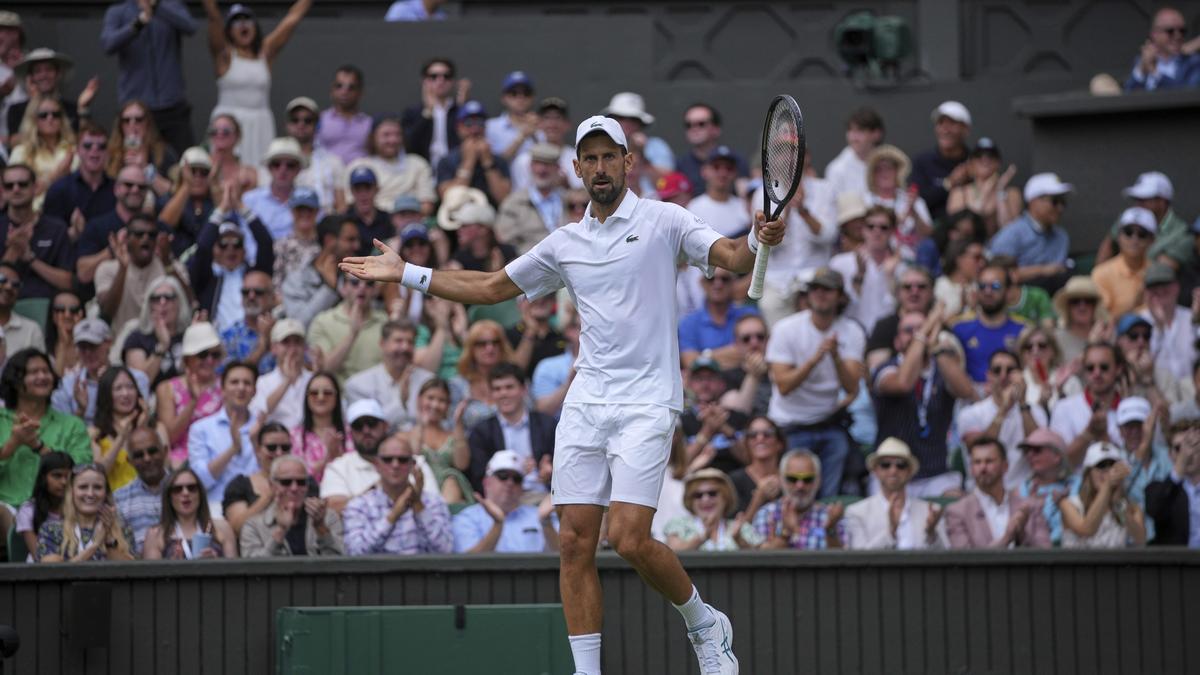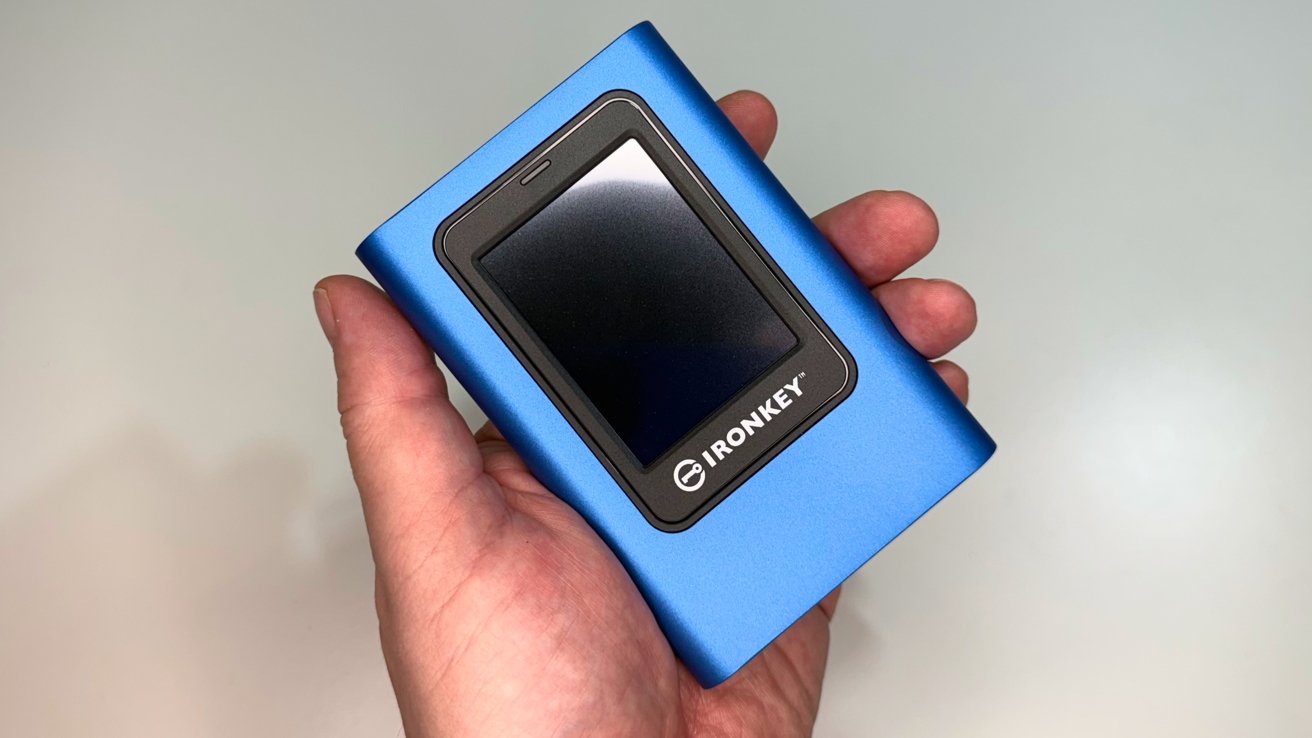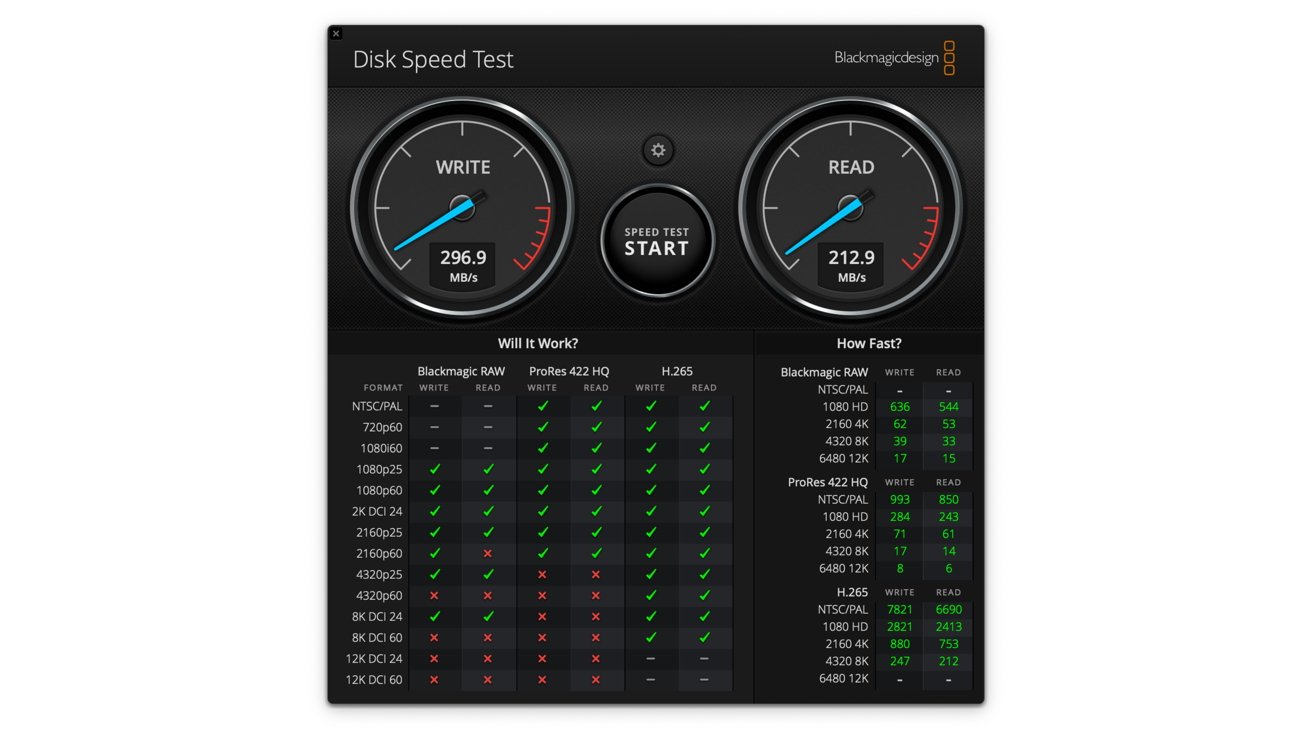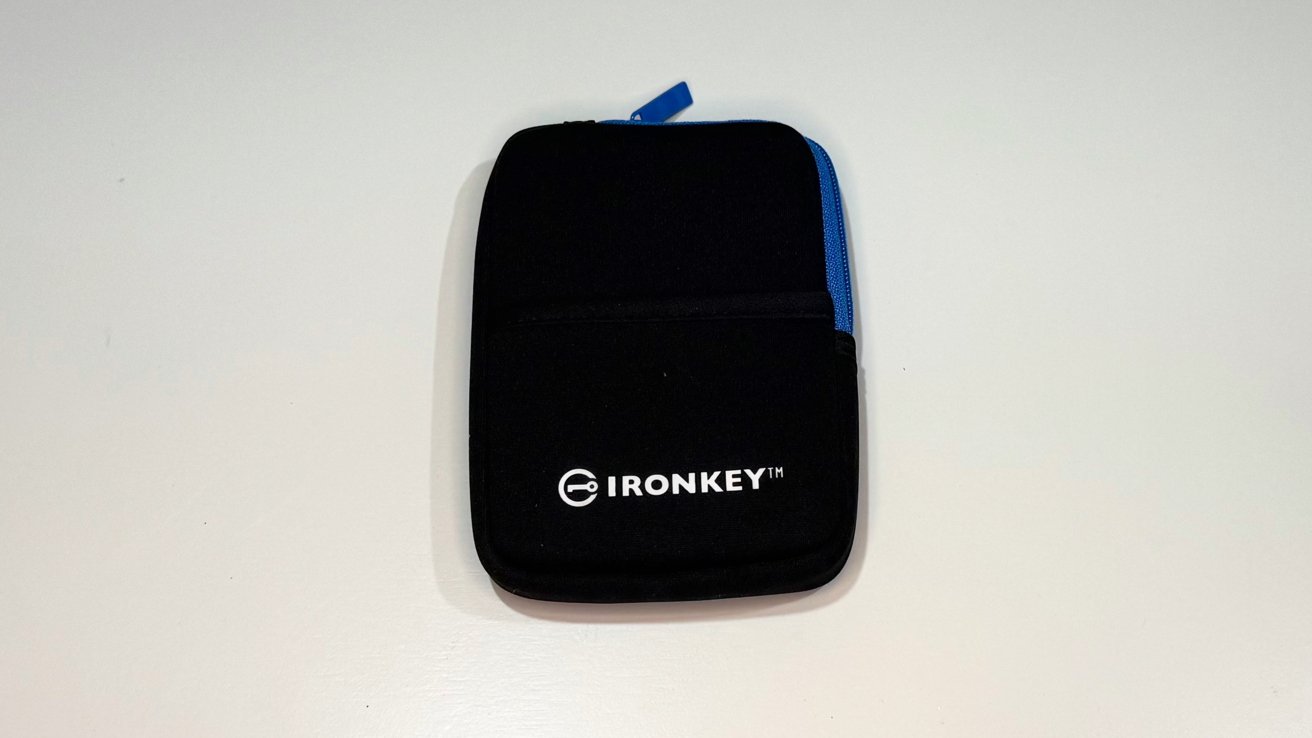Right before Wimbledon began, Novak Djokovic declared it was the tournament that gave him the best chance to claim an unprecedented 25th Grand Slam singles trophy. Made sense, really, given that he’s won seven titles there already and reached the past six finals.
For one uncharacteristically unsteady set in the fourth round on Monday (July 7, 2025), it sure didn’t look as if that would happen this year. Djokovic, though, turned things around and avoided what would have been his earliest exit at the All England Club since 2016, coming through for a 1-6, 6-4, 6-4, 6-4 victory over 11th-seeded Alex de Minaur at Centre Court.
With eight-time Wimbledon winner Roger Federer sitting in the front row of the Royal Box, very little went right at the outset for the 38-year-old Djokovic on the grass below during a breezy afternoon with the temperature in the 60s Fahrenheit (teens Celsius), a week after matches were contested in record-breaking heat.
“A lot of challenging moments for me,” Djokovic said right after the win, then later called it a “big, big relief” not to get pushed to a fifth set.
He trailed 4-1 in the fourth — before taking the last five games and 14 of the final 15 points.
“Lifted his level,” de Minaur said, “big-time.”
Djokovic’s bid for an eighth Wimbledon title and 25th Grand Slam singles trophy overall will continue against No. 22 Flavio Cobolli of Italy. Cobolli reached his first major quarterfinal with a 6-4, 6-4, 6-7 (4), 7-6 (3) victory over 2014 U.S. Open champion and two-time major runner-up Marin Cilic.
No. 10 Ben Shelton improved to 3-0 against Lorenzo Sonego at majors this year by beating him 3-6, 6-1, 7-6 (1), 7-5. Shelton’s first Wimbledon quarterfinal will come against No. 1 Jannik Sinner, who moved on despite a painful right elbow and a two-set deficit when No. 19 Grigor Dimitrov quit because of an injured chest muscle.
Against de Minaur, Djokovic made mistake after mistake, double-faulting four times in the first set alone. Djokovic lost five of his first seven service games against de Minaur, a 26-year-old Australian who accumulated 19 break points in all.
Djokovic made 16 unforced errors in the first set alone.
All in all, Djokovic was discombobulated, chalking it up afterward to nerves and a swirling wind. He rushed between points. He reacted to flubbed shots by rolling his eyes or shouting and glaring in the direction of his guest box or putting his arms wide as if seeking explanations from someone, anyone.
At changeovers, he placed an ice-filled towel — usually wrapped around necks by players in steamy conditions — on his stomach, which he complained about during his first-round victory last week. But afterward, Djokovic dismissed the significance of that.
A loss would have been Djokovic’s soonest at Wimbledon since he was eliminated in the third round by Sam Querrey nine years ago.
Since winning his men’s-record 24th major title at the 2023 U.S. Open, Djokovic has come close to raising his total. He was the runner-up to Carlos Alcaraz at Wimbledon last year — the second consecutive time they met in the final, with the results the same — and departed each of the first two Slams of 2025 in the semifinals.
No man as old as Djokovic is now has won a major championship. He keeps showing why it’s not preposterous to think he could.
“I didn’t have many solutions, to be honest,” Djokovic said, “but I just reset myself in the second.”
By the very end, it’s almost as though de Minaur was resigned to defeat, knowing he’s only the latest — and perhaps not the last — opponent to succumb to a surging Djokovic.
“I mean,” de Minaur summed up, “he’s been pretty good in big moments for a very long time.”
No. 7 Mirra Andreeva, an 18-year-old Russian, became the youngest player to reach the women’s quarterfinals at Wimbledon since Nicole Vaidisova in 2007, beating No. 10 Emma Navarro 6-2, 6-3. Andreeva next meets Belinda Bencic, who defeated No. 18 Ekaterina Alexandrova 7-6 (4), 6-4. Iga Swiatek, the five-time major champion who is seeded No. 8, was a 6-4, 6-1 winner against No. 23 Clara Tauson and will play No. 19 Liudmila Samsonova, who advanced to her first major quarterfinal with a 7-5, 7-5 victory against Jessica Bouzas Maneiro.
The women’s quarterfinals are No. 1 Aryna Sabalenka vs. Laura Siegemund, and No. 13 Amanda Anisimova vs. Anastasia Pavlyuchenkova. The men’s quarterfinals are No. 2 Carlos Alcaraz vs. Cam Norrie, and No. 5 Taylor Fritz vs. No. 17 Karen Khachanov.
Published – July 08, 2025 08:29 am IST












